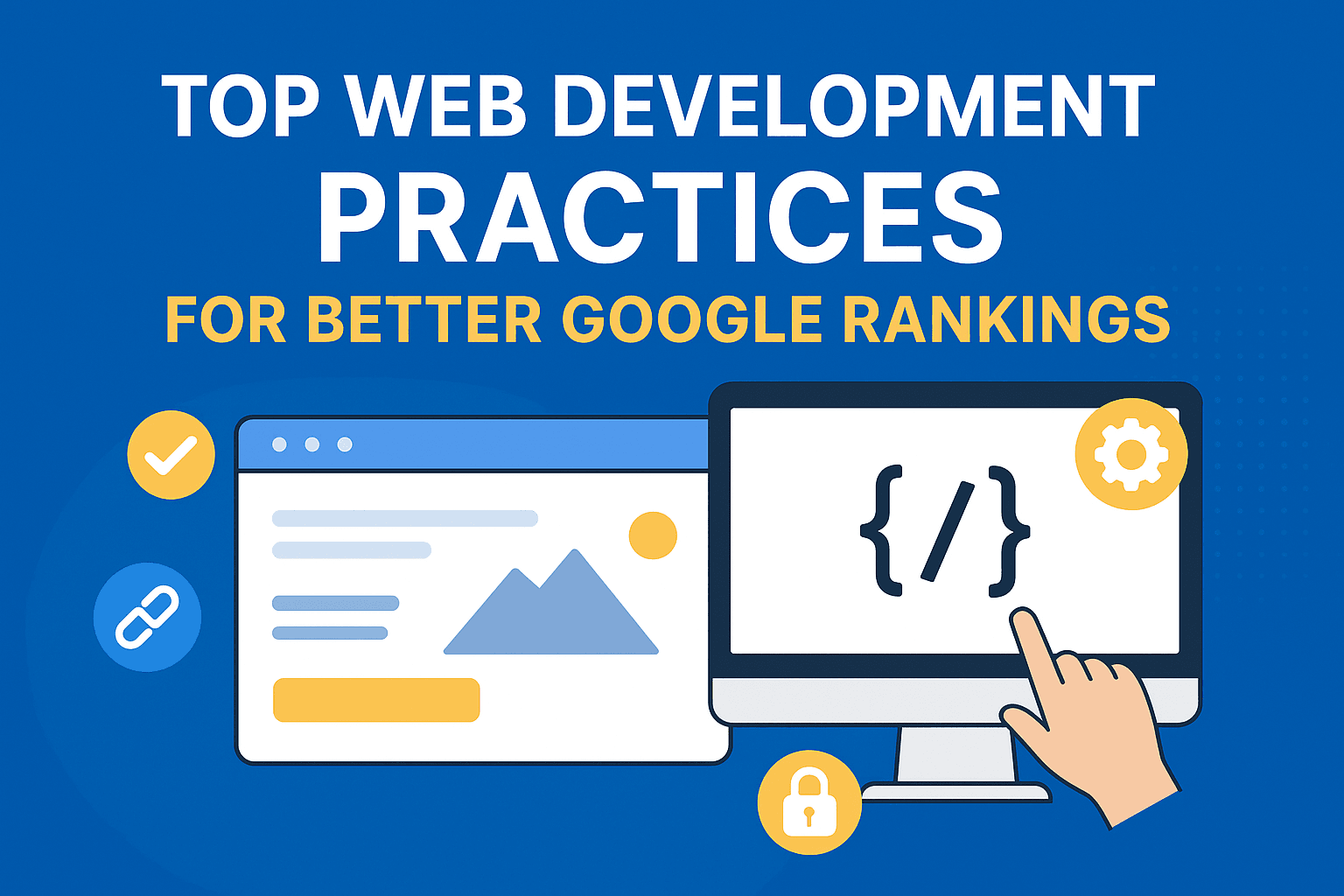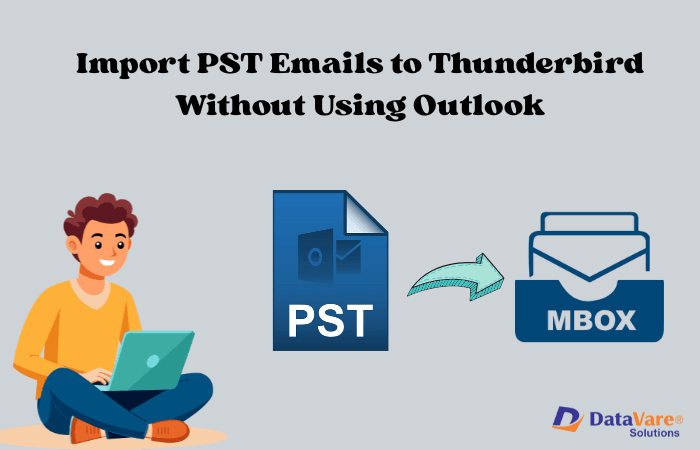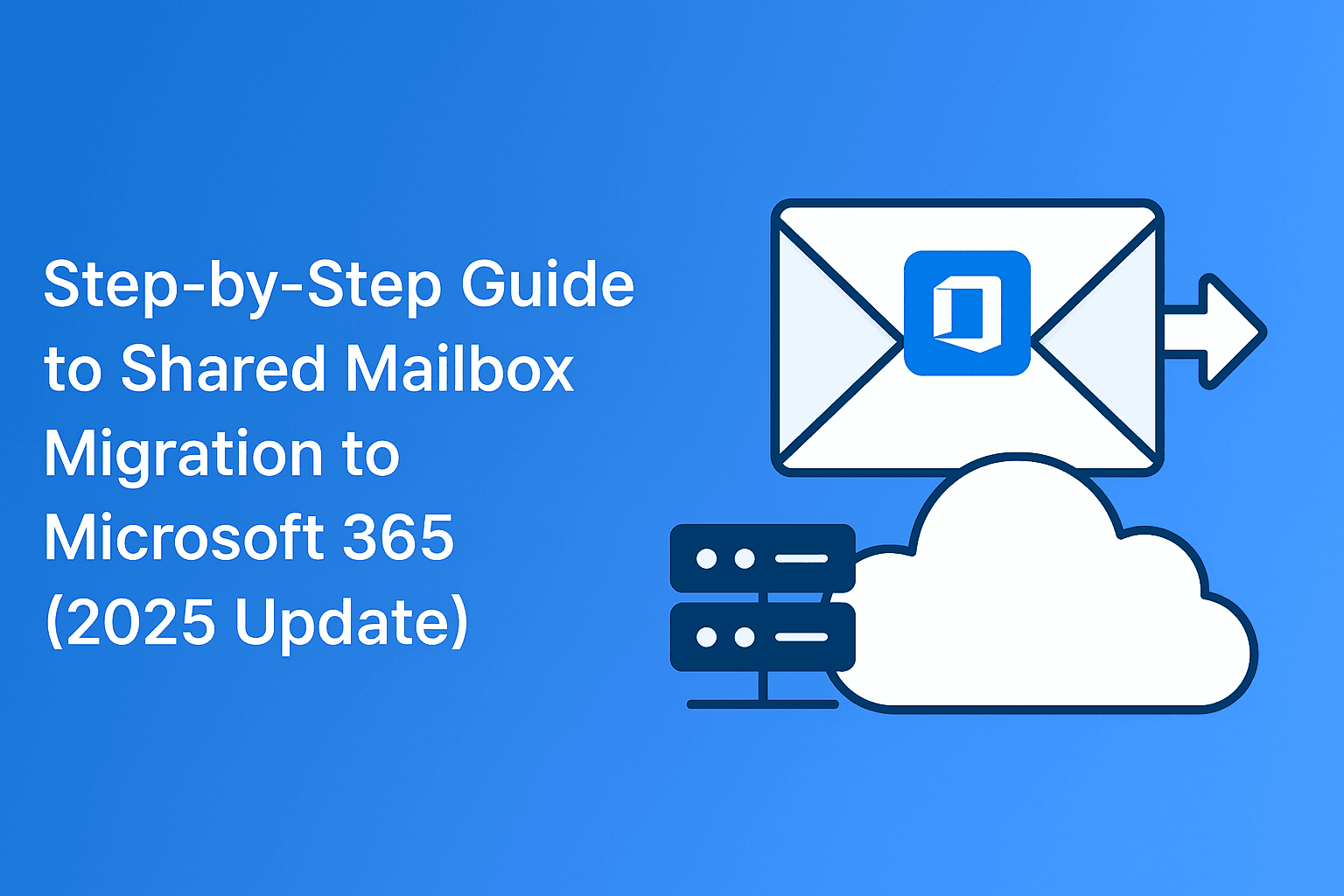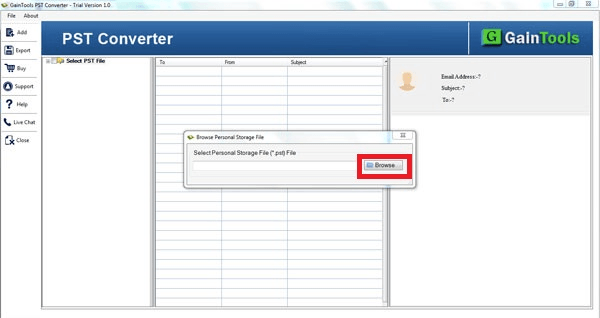Guest Post
Explore a range of viewpoints on the latest tech trends with our Guest Posts.
- Read Full Article: Hire SEO Experts to Improve Your Brand in Brisbane
Boost your brand visibility in Brisbane by hiring professional SEO experts. Increase rankings, drive targeted traffic, and grow your business…
- Read Full Article: Top Web Development Practices for Better Google Rankings
Improve your Google rankings with powerful web development practices. From clean site structure to faster load times and stronger security,…
- Read Full Article: How to Convert Thunderbird to PST – Complete Guide
Users can learn the simple method to convert Thunderbird emails into Outlook PST format with BLR MBOX Converter and free…
- Read Full Article: Is It Possible to Import PST Emails to Thunderbird?
It is possible to import PST emails to Thunderbird without Outlook by using manual methods like Evolution or Gmail, though…
- Read Full Article: Shared Mailbox Migration to Microsoft 365 (2025)
Learn how to migrate shared mailboxes to Microsoft 365 in 2025. Follow our step-by-step guide, avoid pitfalls, and explore expert…
- Read Full Article: Best WordPress Plugins for Education Institution Websites
Discover the best WordPress plugins to enhance education institution websites with improved functionality, design, and user experience.
- Read Full Article: How to Align Digital Marketing Strategy with Business Goals
Learn how to align your digital marketing strategy with business goals—drive growth, boost ROI, and achieve long-term success.
- Read Full Article: Best GroupWise to Office 365 Migration Tool in 2025
Users can migrate GroupWise to Office 365 using manual as well as professional methods. You can opt any one from…
- Read Full Article: Export Office 365 Mail to PST in Win10: Effective Solutions
Learn fast and effective methods to export Office 365 mail to PST on Windows 10, ensuring secure backup and easy…
- Read Full Article: Effective Method for Moving PST Files to Mozilla Thunderbird
You have arrived at the ideal location if you seek a straightforward method to transfer data from a PST file…
- Read Full Article: Why Consistency Matters in Marketing Success
A marketing plan won’t guarantee marketing success, but consistency will. Learn why steady branding, content, and engagement efforts drive better…
- Read Full Article: How to Open or Convert MBOX Files in Windows as PST?
Use the complete guide to convert/open/access or view MBOX files in Outlook as PST format.












